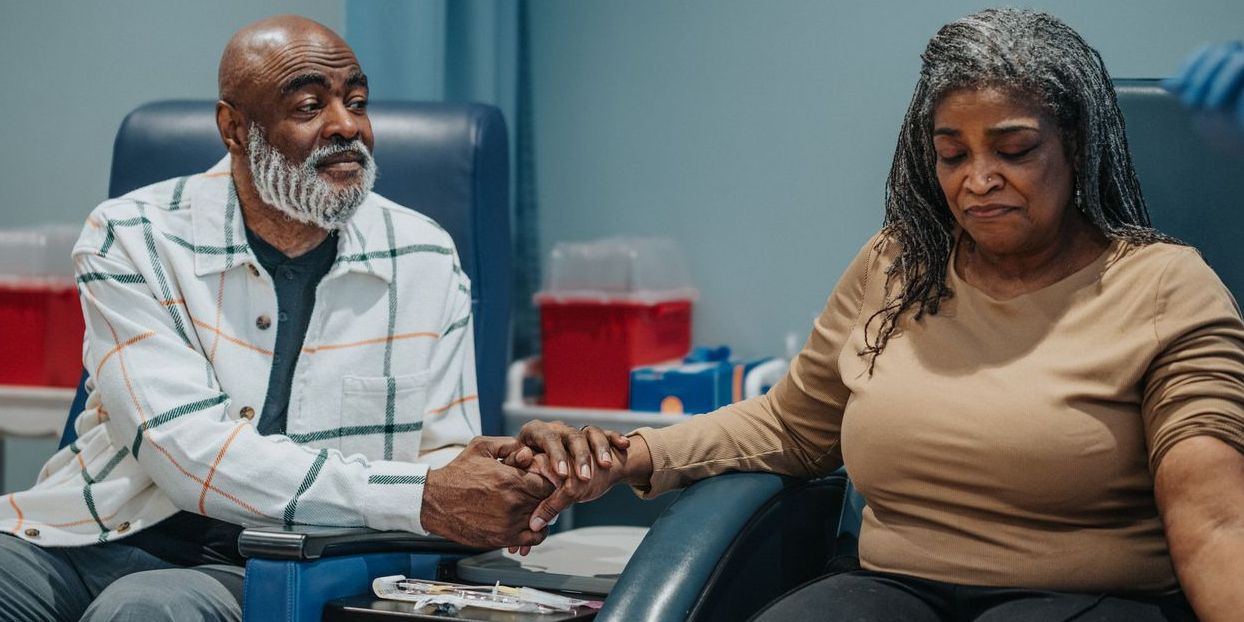Photo Credit: Standret
Identifying patterns of refractive error in inherited retinal diseases may improve management and knowledge of genetic associations with refractive error.
Understanding the genetic factors and refractive error (RE) patterns associated with inherited retinal diseases (IRD) may lead to better patient outcomes, according to findings published in the American Journal of Ophthalmology.
“By combining genetic testing with refraction data from a large cohort of patients, we identify IRD genes associated with myopia and hyperopia,” Shyamanga Borooah, MBBS, PhD, and colleagues wrote. “Identifying the pattern of RE in IRDs may assist in the better management of patients with IRD and provide insights into understanding genetic associations with RE.”
Refractive Errors Complicate IRD Vision Problems
The research team retrospectively reviewed the charts of patients with IRD treated at three study sites. They included patients with clinically and molecularly confirmed IRD with refraction data and excluded patients without clear IRD phenotype, those without refraction data, and those without a clear molecular cause for their condition.
The analysis included 634 participants (1,255 eyes) with a mean age of 34.7. More than half of the patients (54.6%) were men. Overall, nearly half of the study population had rod-cone dystrophy 355 (49.5%) as the most common phenotype, while USH2A was the most common gene (found in 10.3% of patients), and missense mutations (47.33%) were the most common mutation.
After analyzing disease phenotype, genotype, best-corrected visual acuity, refraction, and demographic data, the researchers found that:
- For genes associated with myopia, NYX (n=14 [1%]) was associated with the highest spherical equivalent refractive error of myopia (mean -9.26 diopters (D); 95% CI, -11.867 to -6.651; P<0.001), followed by IMPG2 (n=16 [1.1%]; mean -4.062 D; 95% CI, -6.254 to -1.871; P=0.002), then RPGR (n=104 [7.2%]; mean -2.664 D; 95% CI, -3.618 to -1.710; P=0.016).
- For genes associated with hyperopia, BEST1 (n=38 [2.6%]) had the highest spherical equivalent refractive error for hyperopia (mean 2.996 D; 95% CI, 1.830 to 4.162; P<0.001), followed by RS1 (n=26 [1.8%]; mean 2.562 D; 95% CI, 1.454 to 3.671; P<0.001), then CNGA3 (n=28 [1.9%]; mean 0.603 D; 95% CI, -0.48 to 1.686]; P=0.009).
Dr. Borooah and colleagues also compared pediatric, young adult, and older adult patients to a general population using age-matched data from the University of California Irvine EyeMobile Exam findings, the 1999-2004 NHANES data, and the Beaver Dam Eye Study.
They found:
- Study participants 3-10 years old had a higher prevalence of high myopia and high hyperopia than did the schoolchildren in the general population.
- Participants aged 20 to 39 had a statistically significantly higher prevalence of myopia than did the NHANES group and a statistically significant lower prevalence of low hyperopia.
- Those 43 years old and older were more myopic than the general population in the Beaver Dam study.
The authors acknowledged the study’s limitations, including its retrospective design with incomplete data sets and the exclusion of patients without genetic testing or refraction data. Also, the small sample size of many of the genes may have underpowered the study, and multiple characteristics of participants in the Beaver Dam data set may have limited its comparability. They called for further related research.
Guidance on Genetic Screening and Refractive Testing
Dr. Borooah and colleagues recommended long-term follow-up of patients with myopia and timely treatment of blinding comorbidities. They add that pediatric ophthalmologists should manage children with refractive errors to avoid amblyopia and additional vision loss.
“In IRDs associated with hyperopia, screening for short axial length and risk of angle closure glaucoma could be performed,” they wrote. “It may now be possible to prevent the progression of RE in genes associated with myopia with pharmaceutical agents such as low-dose atropine eye drops.”



















Create Post
Twitter/X Preview
Logout